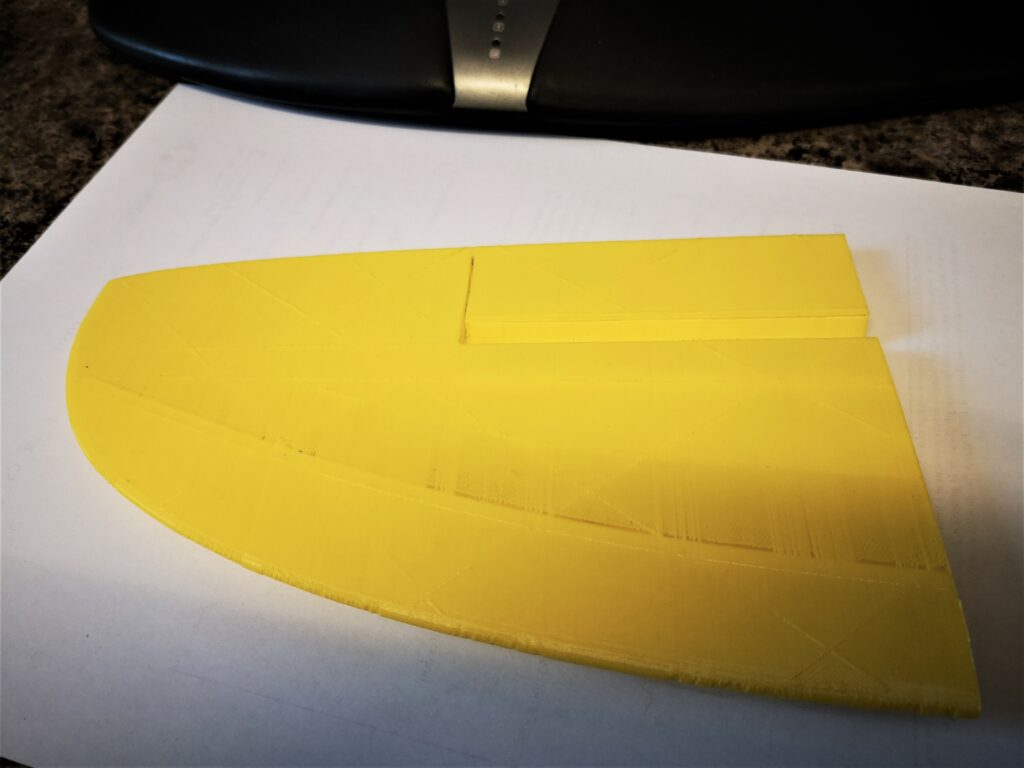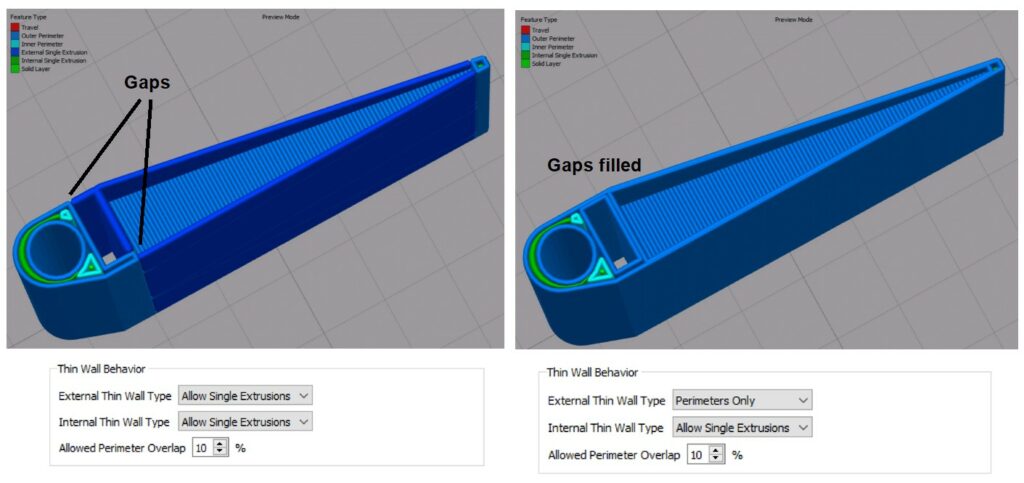A simple but easy way
I found a simple solution to joining PLA on a YouTube video that seems to work and does not need any after cleaning. It appealed to my lazy approach to find simple solutions to problems.
Buy some 1/16″ bore / 1/8″ outside diameter (1.6mm x 3.2mm) silicon tubing from Amazon. This is sold in 10 feet lengths. Note it must be silicon so it does not melt with heat.
Cut off a 1″ / 25mm length of the tubing. Cut the ends of the filament square. Insert the ends of the filament into the tube so they butt into each other. It helps to stretch the tubing so when it is released it puts pressure on the two filament ends.
Use a soldering iron or similar hot device, heat the tube in the area of the join for a minute or so. Once it has melted, roll the warm joint gently between your fingers and then leave to cool. Once cool slide the tubing off the filament or if mid reel then slit it and remove it.
You will have a joint that is hardly visible and which does not need any further processing such as rubbing down.
Links to similar or related post are listed below : –
- Qidi Slicer auto support error on my part
- Qidi X Smart 3 revised fan installation
- Qidi X Smart 3 tweaks
- Qidi X Smart 3 special weekend pricing
- Stop losing Qidi ifast 3D prints down the chamber front gap
- Fitting a Bento air filter to a Qidi ifast 3D printer
- 3D Printed Brass Threaded Insert Soldering Iron Stand
- eSUN filament reel silica drying pod
- Sindoh 3DWOX filament feed upgrade
- Sindoh DP200 conversion to Open Material





